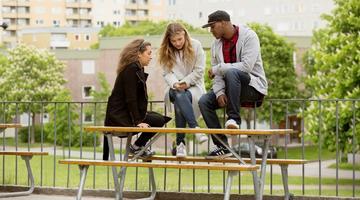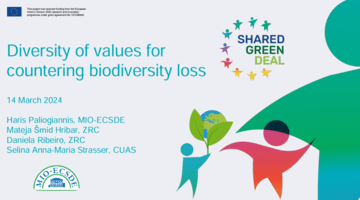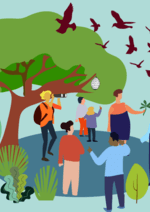How Stockholm's new approach reconnects residents with nature
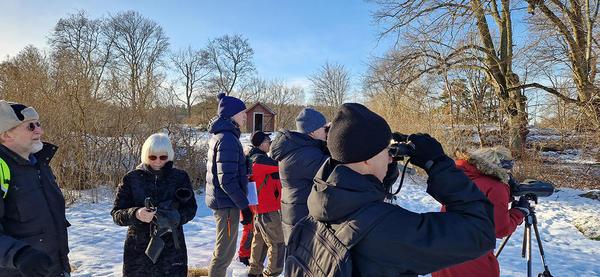
Biodiversity, the variety of life on Earth, is essential to our well-being, providing the foundation for many different things – from food and water to climate stability and economic growth. Yet, despite its importance, we often tend to overlook the rich ecosystems around us. When being in nature, we may notice different sights, smells or sounds, but how often do we truly consider the intricate web of life that sustains us in our everyday environments?
The increasing loss of biodiversity and habitats, along with the services they provide, poses an existential threat to Europe. In response, the EU introduced its Biodiversity Strategy in 2020, with the goal of making 30% of Europe protected areas, and restoring degraded ecosystems on land and at sea. However, grasping the importance of biodiversity can be challenging, especially since many Europeans feel increasingly disconnected from nature.
One place where this disconnect from nature is being addressed successfully is Sweden’s capital, Stockholm. As a local partner of the SHARED GREEN DEAL project, the city conducted a social experiment in the Järvafältet, a nature reserve located close to some of its more socially vulnerable areas, between summer 2023 and summer 2024. At the heart of the initiative were so-called study circles aiming to spark local interest in the area’s rich biodiversity
The background: biodiversity as a priority in Stockholm
Preserving biodiversity has long been a priority of Stockholm’s city administration. In 2020, the city launched its Biodiversity Action Plan, which serves as an important tool in the protection and promotion of biodiversity within the city. The plan includes five key strategies, one of which focuses on raising awareness and improving communication efforts on the topic. The social experiment conducted as part of the SGD project was developed as a practical action in line with this strategy.

The experiment: inviting local residents to engage with their natural surroundings
In summer 2023, the social experiment started with two study circles of young adults from the Järvafältet area. Designed as a summer job, the groups met every day over a period of three weeks, learning about biodiversity and being actively involved in nature conservation work. After a thorough evaluation of those initial few weeks, the program was then expanded to include a more diverse audience, with participants of different ages and ethnic backgrounds who were made aware of the experiment through posters in public spaces, social media posts, articles in a local newspaper, or simply through word of mouth.
The newly formed study circle had its first meeting in September 2023 and was well-received by the local community from the very beginning, with most of the ten sessions attracting more than 30 participants. The meetings covered a variety of topics related to biodiversity and the area’s cultural heritage. Activities included guided biodiversity walks, talks from experts, and hands-on projects like building birdhouses and bat boxes. Participants gave overwhelmingly positive feedback, expressing great appreciation for the program.
In addition to the ten study circle meetings, local project partners also organised two public events in collaboration with the participants. The second event, a celebration of World Biodiversity Day, attracted a great number of visitors and has since become an annual tradition in the area, clearly demonstrating a strong public interest in the topic
A key factor in the experiment's success was its strong local focus. The involvement of local partners, including a nearby nature school and a birdwatching club, combined with the fact that all participants were residents in the area, helped foster a stronger interest in the topic. “In your local nature, people care about it and want to preserve it more”, explained one of the participants and continued: “with the study circle, you get an extra incentive.”
Participants particularly appreciated the involvement of a local farmer who joined three of the study circle sessions. Sharing valuable insights and firsthand experiences that offered a deeper understanding of what it means to protect biodiversity and sustain the local ecosystem, participants soon began referring to him as a true ambassador for biodiversity.
Looking back, Peter Wiborn, one of the leading instructors, emphasises that the study circle turned out to be much more than a simple course on biodiversity. Through the regular meetings, shared learning experiences, and hands-on activities, participants formed meaningful connections and friendships with people they might never have crossed paths with otherwise. To facilitate this, Wiborn says that it was crucial to offer a space in which everyone feels welcome and comfortable, especially as participation in the study circle was voluntary. “It takes some time to get a group together”, he points out, but stresses that fostering an inclusive environment was key to the initiative’s success
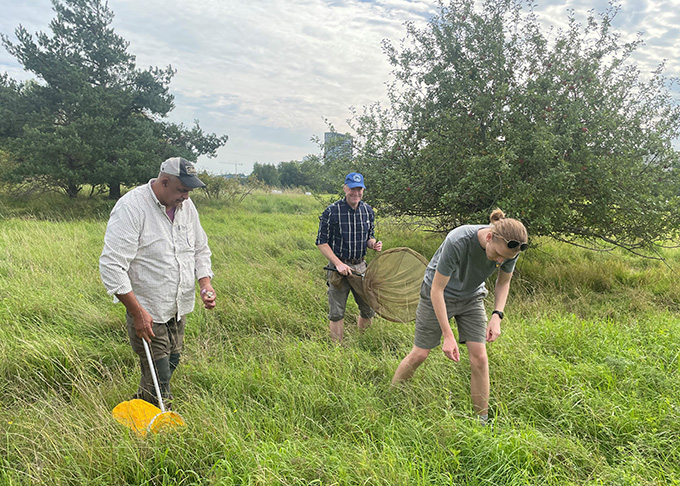
Local residents looking for insects. Photo credits: City of Stockholm.
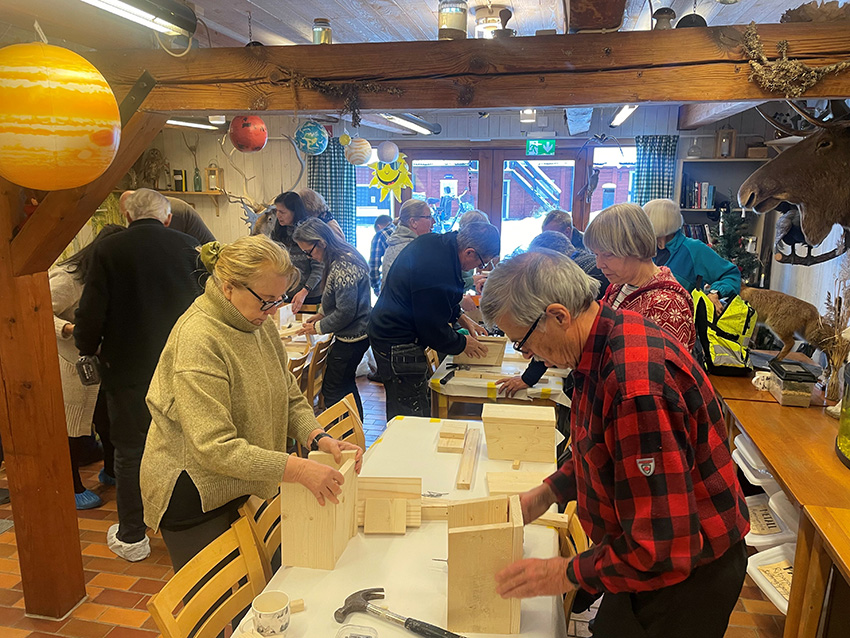
Local residents building birdhouses. Photo credits: City of Stockholm.
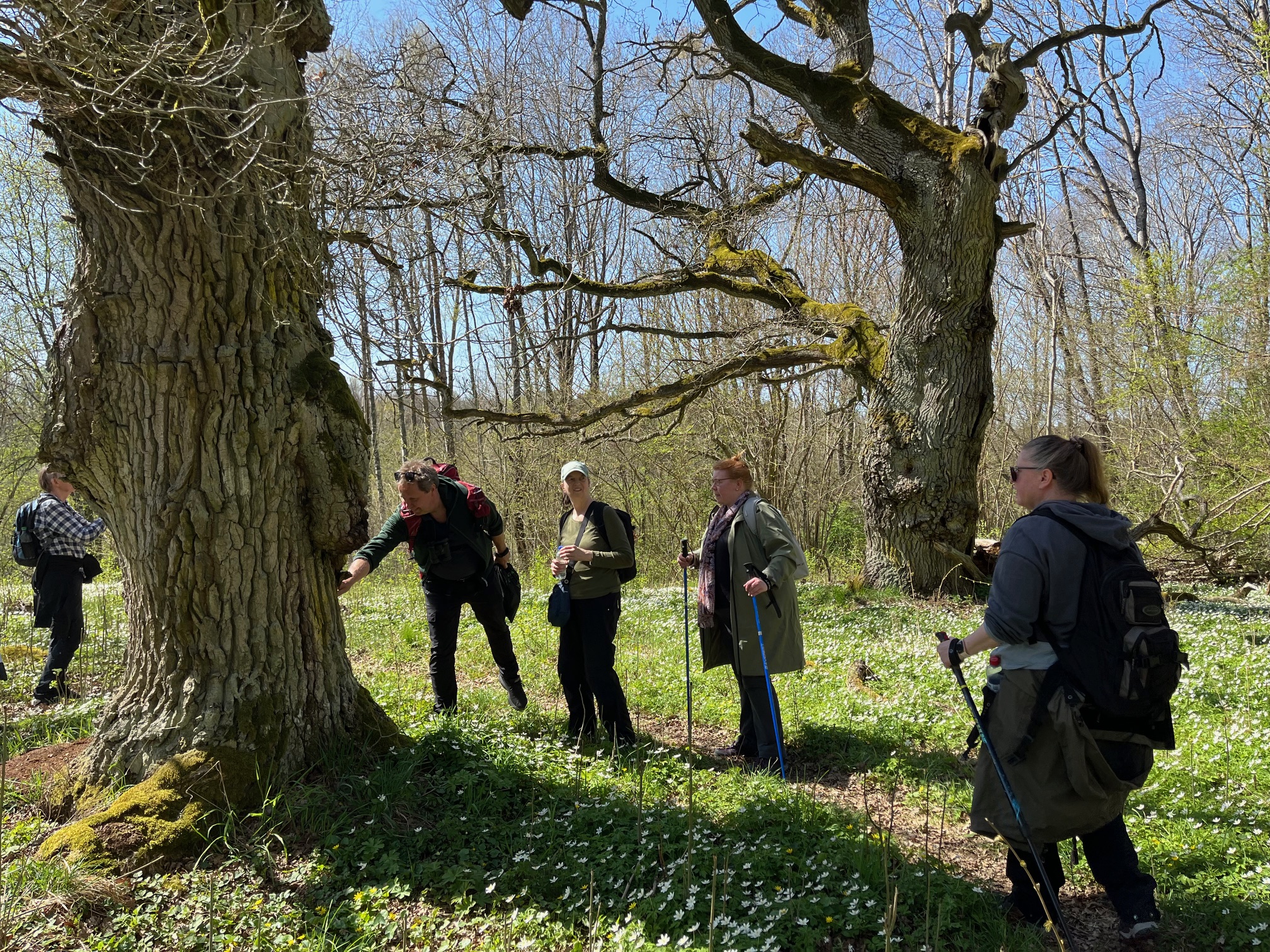
Local residents inspecting the great oaks. Photo credits: City of Stockholm.
The outcome: eye-opening knowledge that expands to other aspects of life
Reflecting on their experience, participants shared that they not only learned a lot about biodiversity and the importance of healthy ecosystems but that this knowledge also transformed their perception of the natural world. What was once a casual stroll through nature now became an opportunity for deeper reflection as they began to consider the plants and animals they encountered, as well as the reasons for the state of the landscape. One participant even thanked Wiborn and his colleagues for showing the participants “nature’s perfection” - yet another reminder that understanding the environment more deeply can turn everyday experiences into moments of awe and responsibility.
Participants also reported that they quickly applied their new understanding to different aspects of life, in professional as well as private contexts. Among the participants were teachers who wanted to find a way to pass their newly gained knowledge to their students. Others shared that their experience changed the way they talked about biodiversity-related issues with neighbors, friends, and family.
This shows that the impact of the experiment extended well beyond the participants themselves, influencing others in their social networks as well.
Overall, the study circle has been a very meaningful and eye-opening experience for the participating residents as well as for the local partners involved in the project. For the city administration, it highlighted the importance of including citizens in biodiversity preservation efforts, working with and not only for them. Following participants’ expressed interest, city officials are currently considering possible options for a continuation of the initiative.
At this point in time, local authorities are offering a biodiversity-focused programme for youth summer workers, and adult groups are expected to join in the near future. In the meantime, several other city district administrations have also expressed interest in replicating the study circle model in their own areas, signaling that the Järvafältet initiative may serve as a catalyst for broader, community-driven environmental efforts across the city.
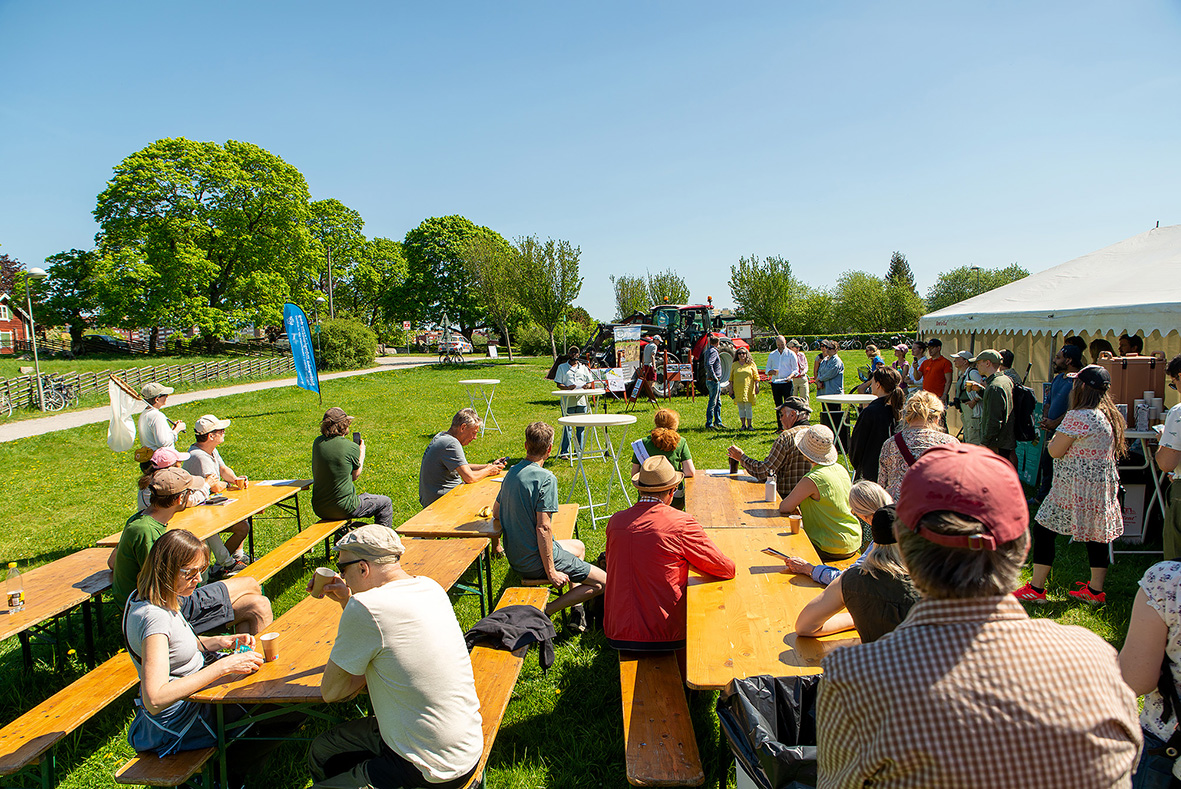
Local residents celebrating World Biodiversity Day, which has since become an annual tradition in the community. Photo credits: City of Stockholm.
Related Green Deal Priorities
Related localities
Related events
Related Resources


CONTACT
For further details please contact co-leads Professor Chris Foulds (chris.foulds@aru.ac.uk) and Professor Rosie Robison (rosie.robison@aru.ac.uk).

This project has received funding from the European Union’s Horizon 2020 research and innovation program under grant agreement No 101036640. The sole responsibility for the content of this website lies with the SHARED GREEN DEAL HAS project and does not necessarily reflect the opinion of the European Union.

